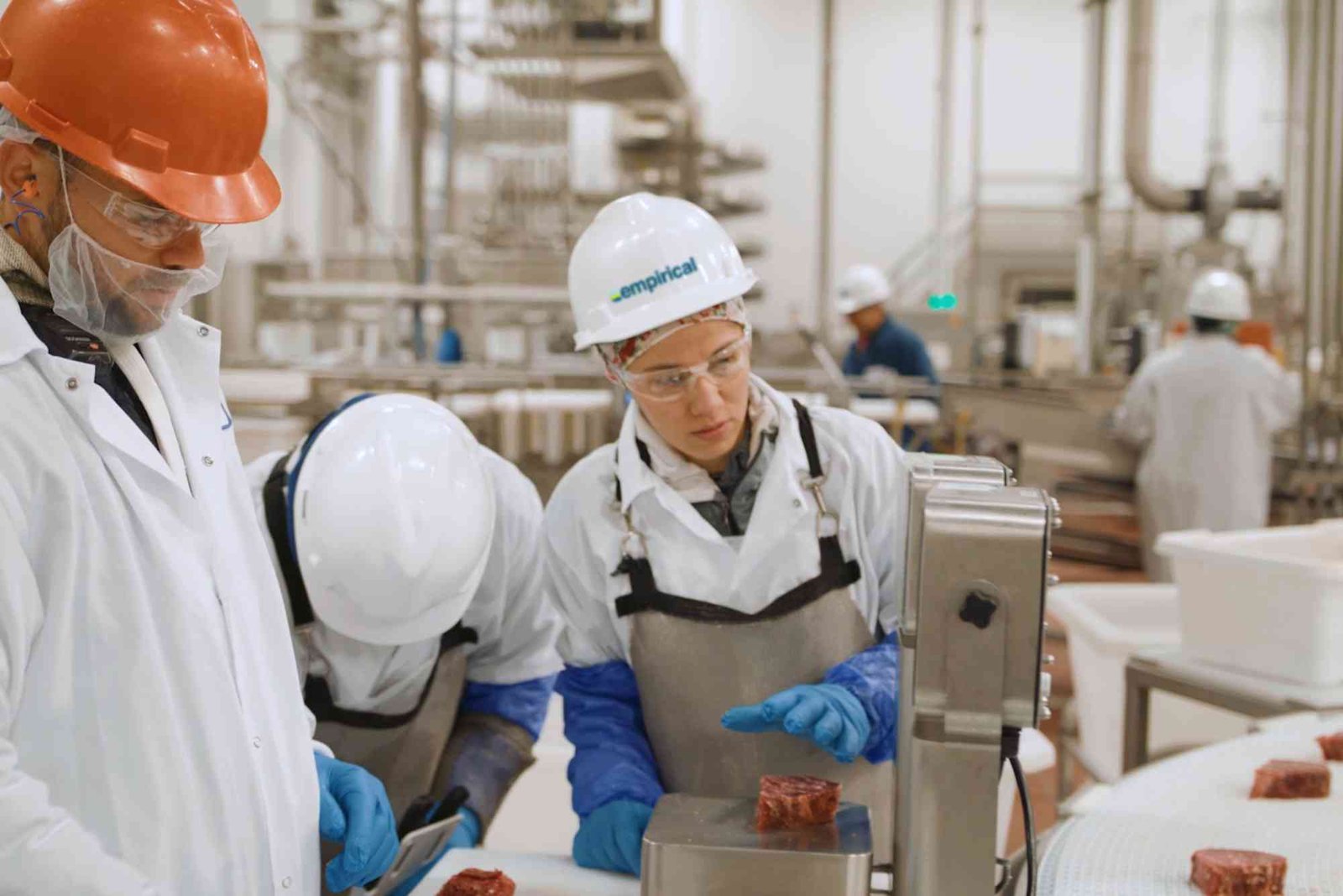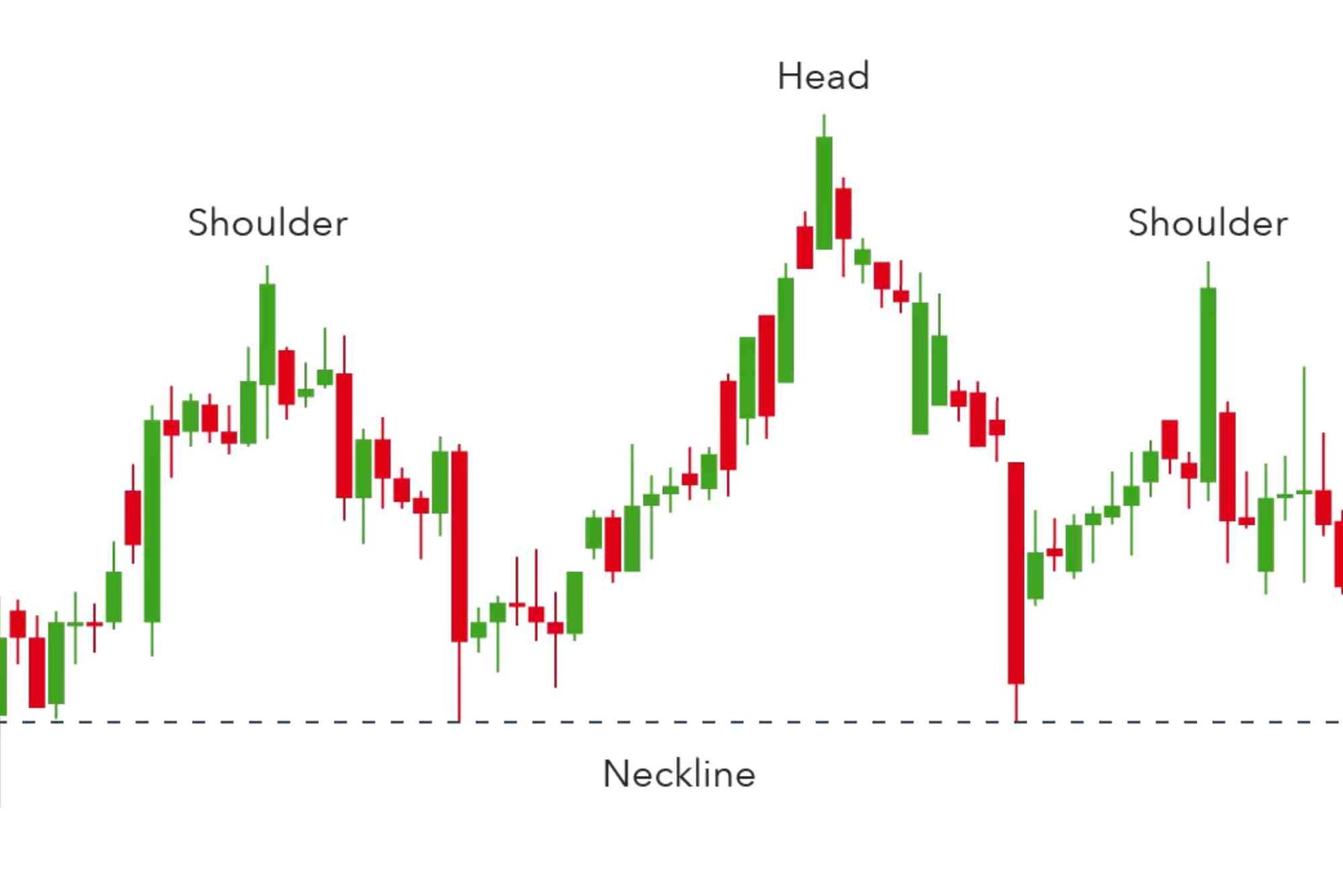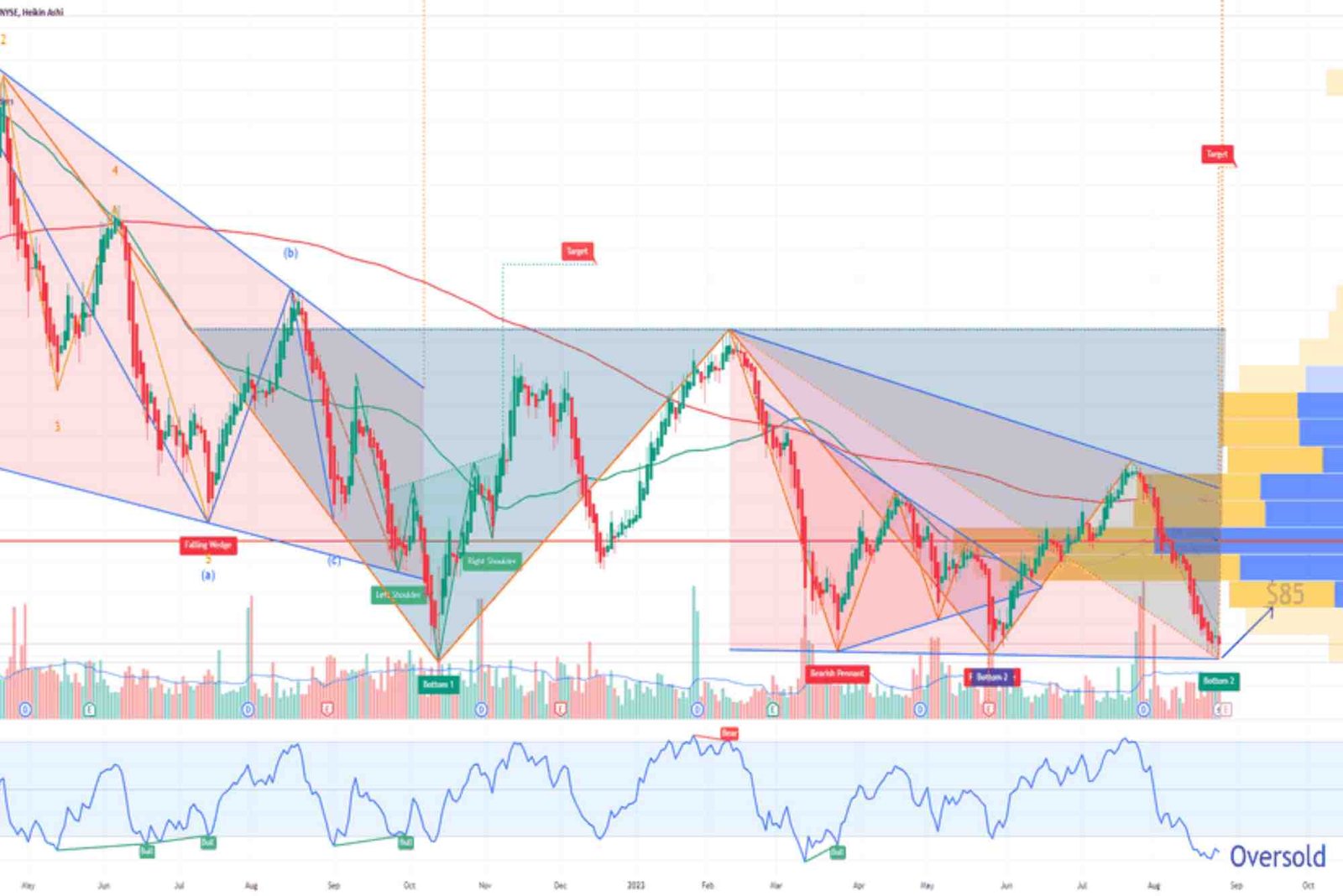Metal detecting has long been a fascinating hobby for those who enjoy history, treasure hunting, or simply spending time outdoors. Among the various technologies available, the Very Low Frequency (VLF) detector is one of the most common and accessible choices. But is a VLF metal detector really good for coin and relic hunting, or should enthusiasts consider other options? With the right knowledge, you can understand what makes VLF detectors ideal in certain situations and how they compare to alternatives.
This article explores the strengths and limitations of VLF technology for hobbyists and professional hunters alike, offering insights based on real-world use and expert recommendations.
Understanding VLF Technology
A vlf metal detector works by transmitting a very low-frequency electromagnetic signal into the ground. When this signal encounters metal objects, it induces a response that is picked up by the detector’s receiver coil. The detector then processes the signal to identify potential targets.
What makes VLF particularly effective for coin and relic hunting is its ability to discriminate between different metals. Unlike some technologies that struggle to separate valuable targets from junk, a well-calibrated VLF unit allows the user to filter out unwanted signals like bottle caps and nails. This means you can spend more time digging for items that matter and less time dealing with trash.
Ground Conditions and Performance
The performance of any detector often depends on the soil it operates in, and this is where VLF detectors show their strengths and weaknesses. They perform exceptionally well in areas with mild soil mineralization, making them great for parks, fields, and historic sites where coins and relics are likely buried. However, in heavily mineralized soils, they can sometimes struggle to maintain accuracy, requiring careful ground balancing.
This is one reason why advanced models like the QZ 80 are gaining popularity. This detector not only offers advanced discrimination but also adapts to challenging soil conditions, giving hobbyists confidence when working in diverse terrains. Its combination of modern sensitivity and user-friendly features makes it especially suitable for coin and relic hunters who demand both precision and depth.
Target Identification for Coins and Relics
One of the most appealing aspects of VLF technology is its target identification system. With digital displays and audio tones, VLF detectors provide real-time feedback about the type of metal beneath the surface. For coin hunters, this means being able to distinguish between copper pennies, silver dimes, and other valuable finds. Relic hunters also benefit, as these detectors can indicate when an item might be brass, iron, or another historically significant metal.
Experienced users often develop an ear for the subtle differences in tones, making the hunt even more exciting. The more advanced the detector, the more refined the identification system, ensuring you waste less time on irrelevant objects.
Depth and Coil Options
While VLF detectors excel at shallow to moderate depths, they are sometimes limited in penetrating deeply buried targets compared to pulse induction (PI) detectors. That said, most coins and relics are found at depths within the effective range of VLF technology. The choice of search coil also plays a role—larger coils allow deeper searches, while smaller coils provide better accuracy in trash-filled environments.
For hobbyists who primarily target coins in parks or old homesteads, this balance between depth and accuracy makes VLF detectors highly practical. Relic hunters exploring historical battlefields or settlements can also benefit from switching between coil sizes to maximize efficiency.
Ease of Use and Learning Curve
Another major advantage of VLF detectors is their user-friendly design. Beginners often find them easier to understand compared to PI or multi-frequency detectors. With straightforward controls and intuitive displays, VLF detectors make it possible for hobbyists to get started quickly and build skill through experience.
Seasoned hunters also value the adaptability of VLF detectors. With adjustable sensitivity, discrimination, and ground balance settings, these machines can be fine-tuned to specific conditions, making them versatile tools for a variety of hunting situations.
Durability and Portability
Coin and relic hunting often involve long hours outdoors, sometimes in rugged or unpredictable environments. A good VLF detector should be lightweight, comfortable to hold, and durable enough to handle extended use. Modern models often incorporate ergonomic designs that reduce fatigue, while water-resistant or waterproof builds expand opportunities to hunt near rivers and lakes.
For those serious about their hunts, investing in a robust machine ensures long-term value and reliability. Features like long battery life and quick recharging also enhance the practicality of a VLF detector for extended outings.
Is VLF the Right Choice?
Ultimately, whether a VLF metal detector is good for coin and relic hunting depends on your personal goals and environment. If you plan to explore urban parks, farmland, or historically rich but moderately mineralized areas, a VLF detector is an excellent choice. It combines affordability, target discrimination, and ease of use in one package.
For extreme conditions or deeply buried large relics, a PI detector might offer advantages. But for most hobbyists and even many professionals, a quality VLF detector like the QZ 80 provides the perfect balance of performance and convenience.
Conclusion
Coin and relic hunting is as much about the experience as it is about the finds, and the right equipment enhances both. VLF metal detectors stand out because they offer clear target identification, practical discrimination, and adaptability to different conditions. Advanced models bring even more reliability, proving that VLF technology continues to be relevant for today’s treasure hunters.
For those starting their journey or upgrading their tools, the VLF category remains a top recommendation—capable, accessible, and consistently rewarding.











